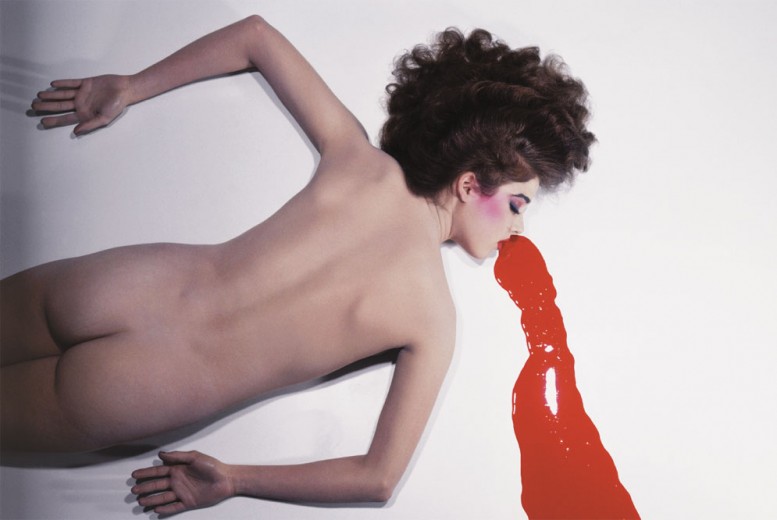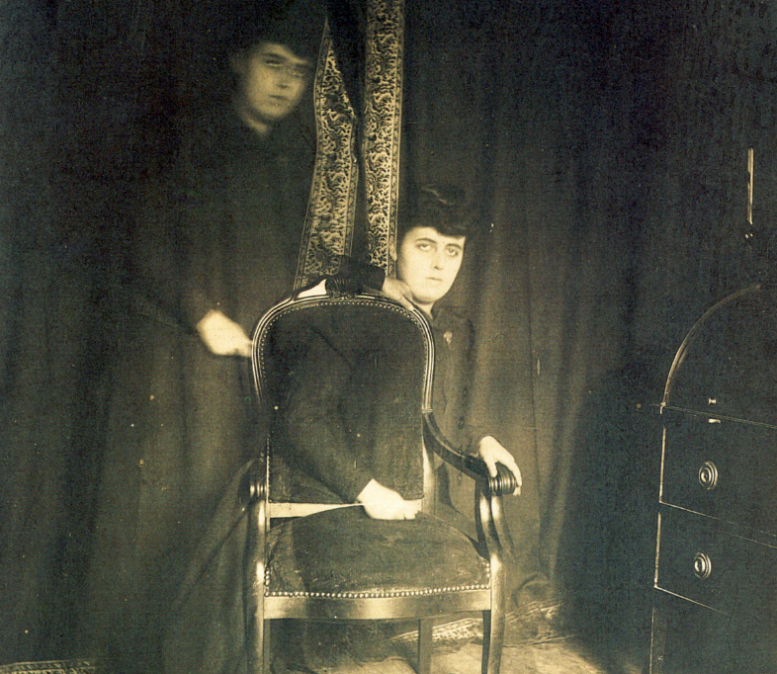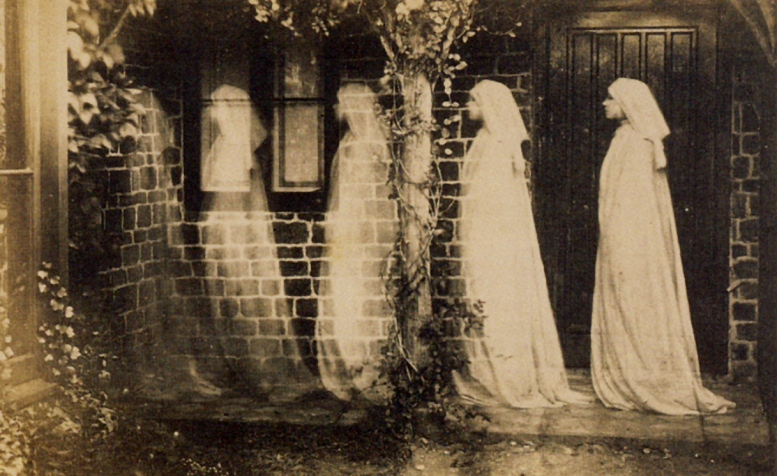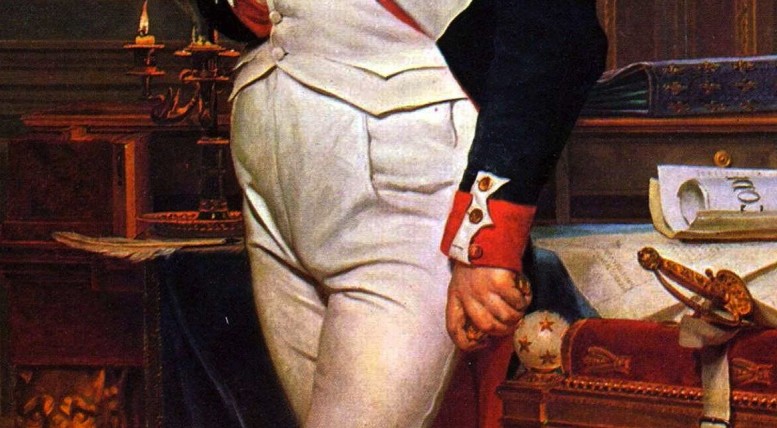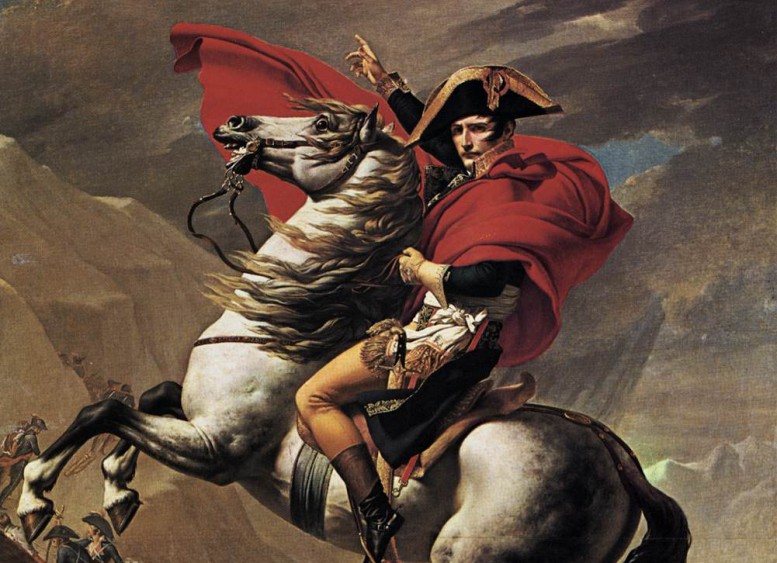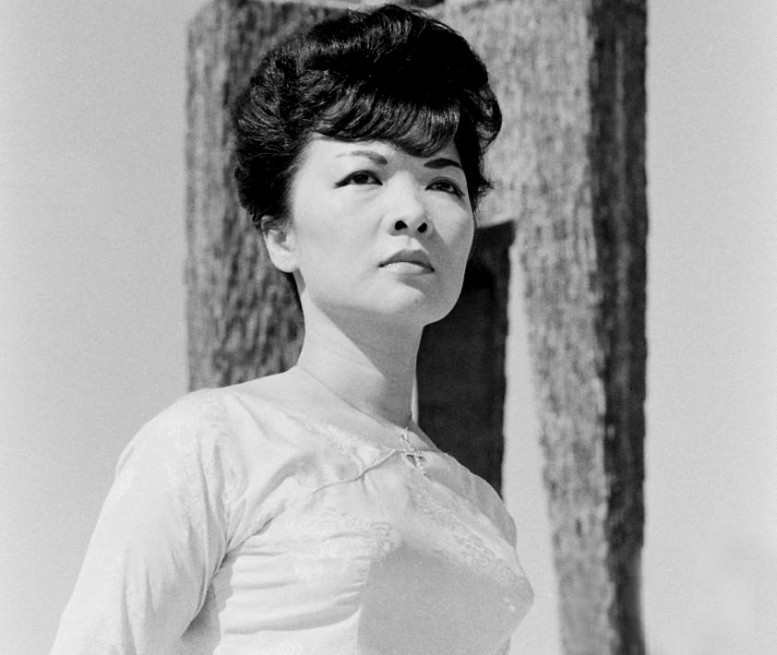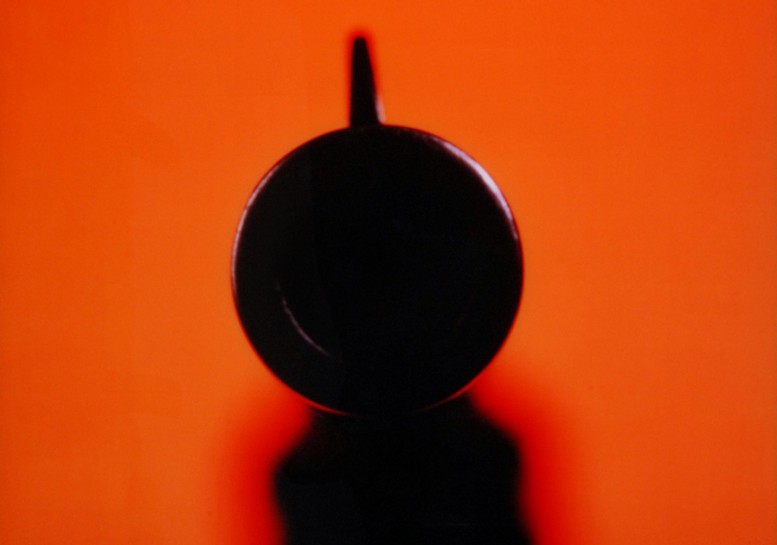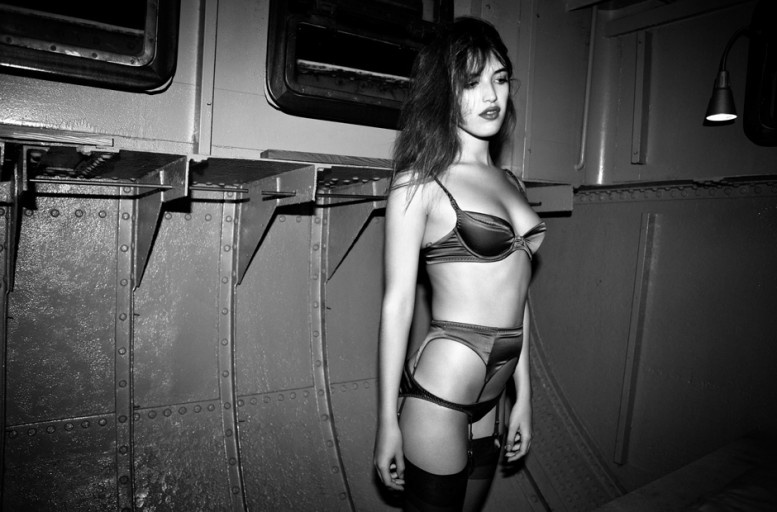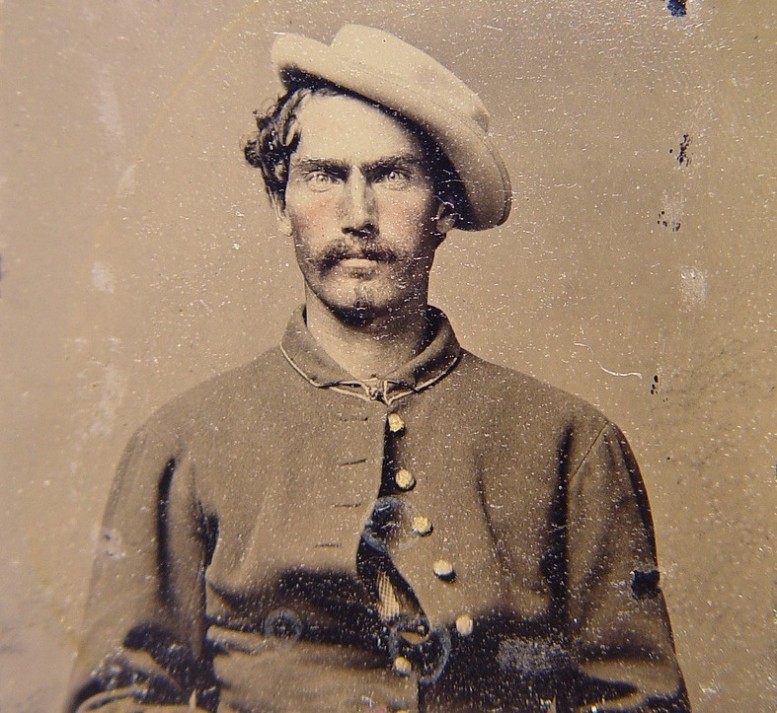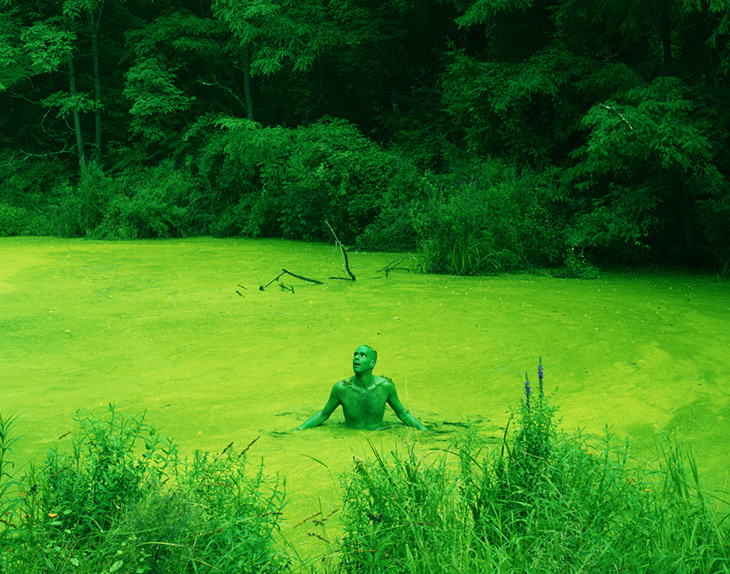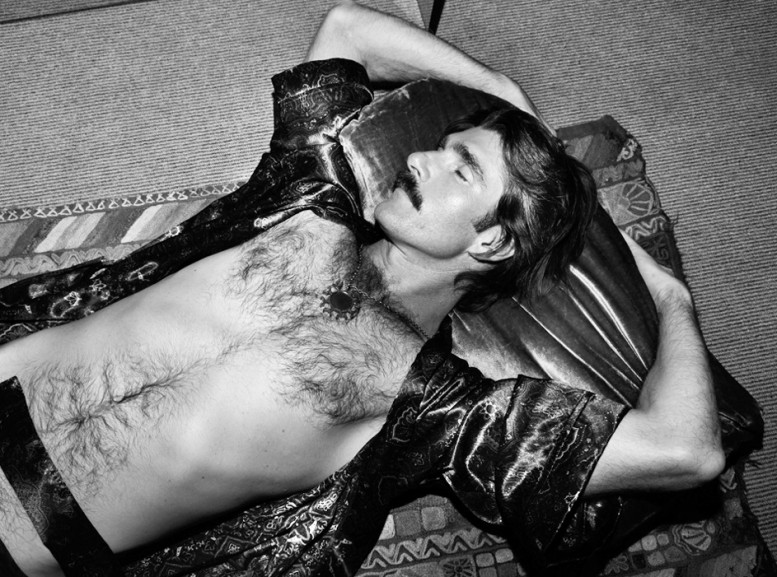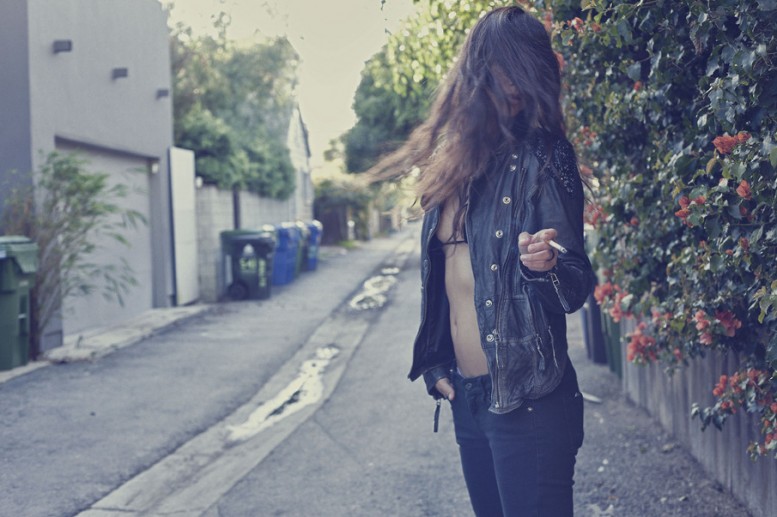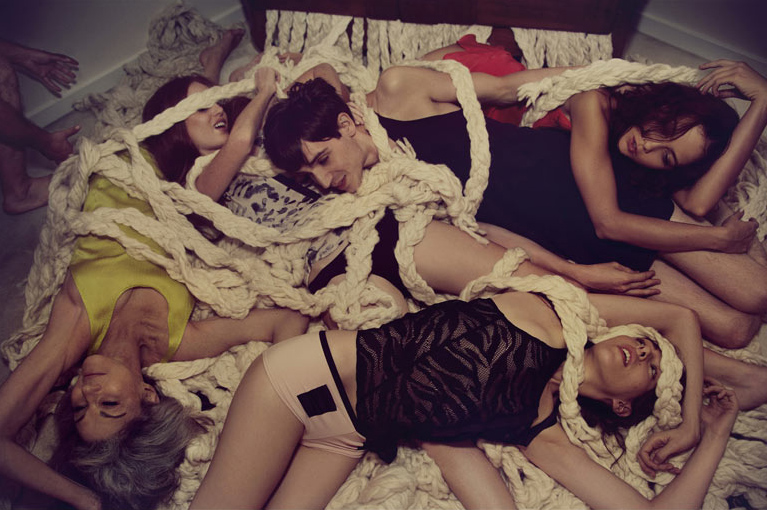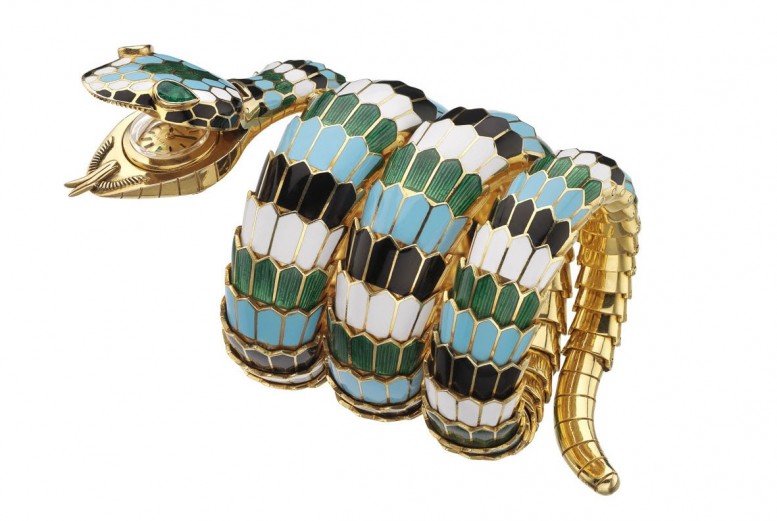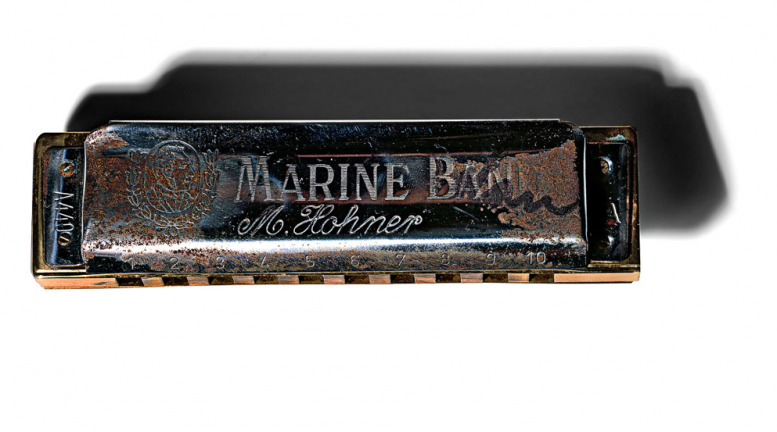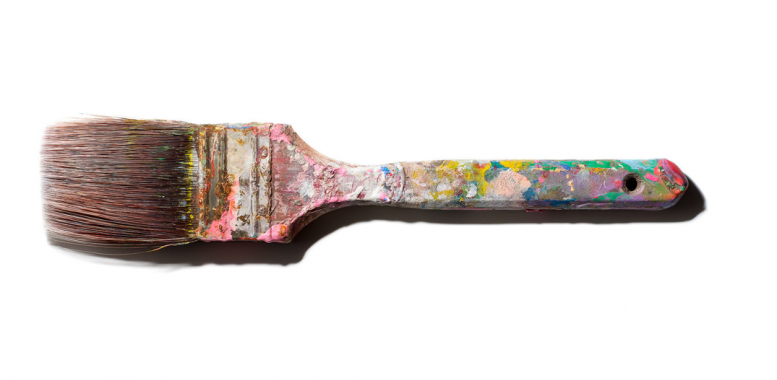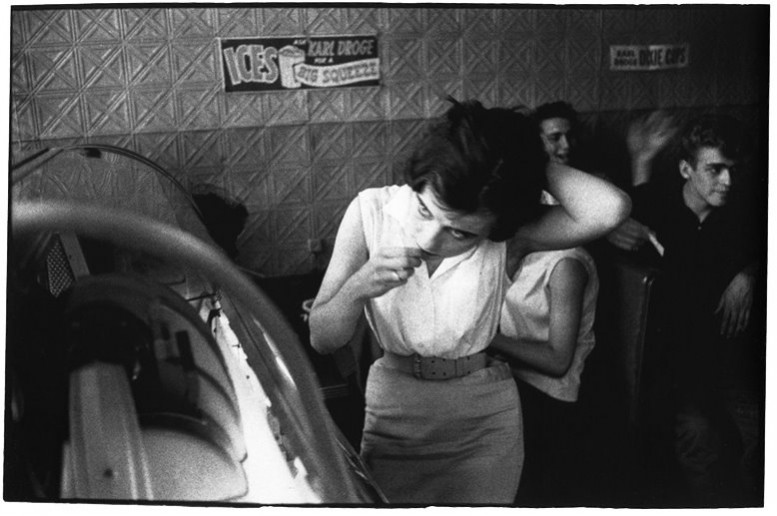Guy Bourdin - Pentax Calender - 1980
You wouldn't need Freud to tell Guy Bourdin that his unhealthy fetish for redheaded women stems from his mother who abandoned him when he was only a year old. Twisted and contorted like compromised balloon dogs and subordinate porcelain dolls, Bourdin's redheads became the tumescent idols of his sparkling photographic oeuvre. Something of an antithesis to Helmut Newton - Bourdin was more mercurial, irascible - never once having the semblance of desire to publicly exhibit his work and angrily turning down what must have been multiple book offers. Myths are also quick to to invent Bourdin as something of a sadist - a regular 21st century Marquis de Sade - leading those close to him to take desperate measures to escape him. One of his girlfriends hung herself - her body discovered by Bourdin's 13 year old son. Another attempted suicide by slashing her wrists. A third died in a fall. Another of a drug overdose while in bed watching television. Its the stuff of legend. Once, Bourdin's assistants covered a pair of models with black pearls using a type of glue that interfered with the ability to regulate body temperature - the pearls were feverishly removed and after the models awoke from losing consciousness Bourdin muttered, coldly, "Oh, it would be beautiful to photograph them dead in bed." However, beyond the circumstances of his turbulent life and troubled psyche, Bourdin was a luminary who created indelibly brilliant images that will no doubt have an eternal influence on fashion photography.
Guy Bourdin - Jourdan Campaign - Spring 1971
Bourdin's only memory of his mother was vague at best: Parisienne, heavy make up, pale skin, and light red hair. Born in 1928 in Paris, after a year Bourdin was abandoned and forced to live with his grandparents. Whilst abroad in the French armed forces Bourdin would see an image that would infect his imagination with the insatiable desire to take pictures: a close up of a bell pepper by the photographer Edward Weston. The pepper, no doubt, a twisted, erotic nod to the female form would inspire any artist and at a glance could make a man, for the first time, pine for a legume.
"There is a sum of evil equal to the sum of good, the continuing equilibrium of the world requires that there be as many good people as wicked people." Marquis de Sade
When Bourdin returned from military service in Dakar he sought out the mentorship of Man Ray. Lofty goals for a young artist, but Bourdin was a total freak. Bourdin arrived at Man Ray's doorstep six times. Each time Bourdin was turned away by Man Ray's wife, but on his last try Man Ray opened the door. Bourdin would become his protégé. In the 1950s Bourdin photographed fashion editorials for French Vogue - he was one of their favorite "go to" photographers, but it wasn't until he was with the French shoe company Jourdan that he would created most his iconic images.
Bourdin's campaigns for Jourdan would invent a style that would drastically change an otherwise stolid landscape of 1950s commercial fashion photography. Bourdin, with his loud colors, violence, murder scenes, and women sprawled out with an akinetic sense of sexual electricity, would change all that, forever. Guy Bourdin, who died of cancer in 1991, was extremely poor at perserving his own legacy. His estate wasn't even organized until the year 2000. Maybe he believed he didn't deserve it or maybe he didn't believe in a legacy at all. The one thing he did believe in was art - art to the last drop.
Exhibits, although they are becoming much less rare, are sights to behold. Now on view at the Casa de Cultura Mario Quintana in Brazil is a retrospective of Guy Bourdin's work from his early work in the 1950s all the way to 1990. www.ccmq.com.br
Text by Oliver Maxwell Kupper for Pas Un Autre
Guy Bourdin - Lui Magazine

